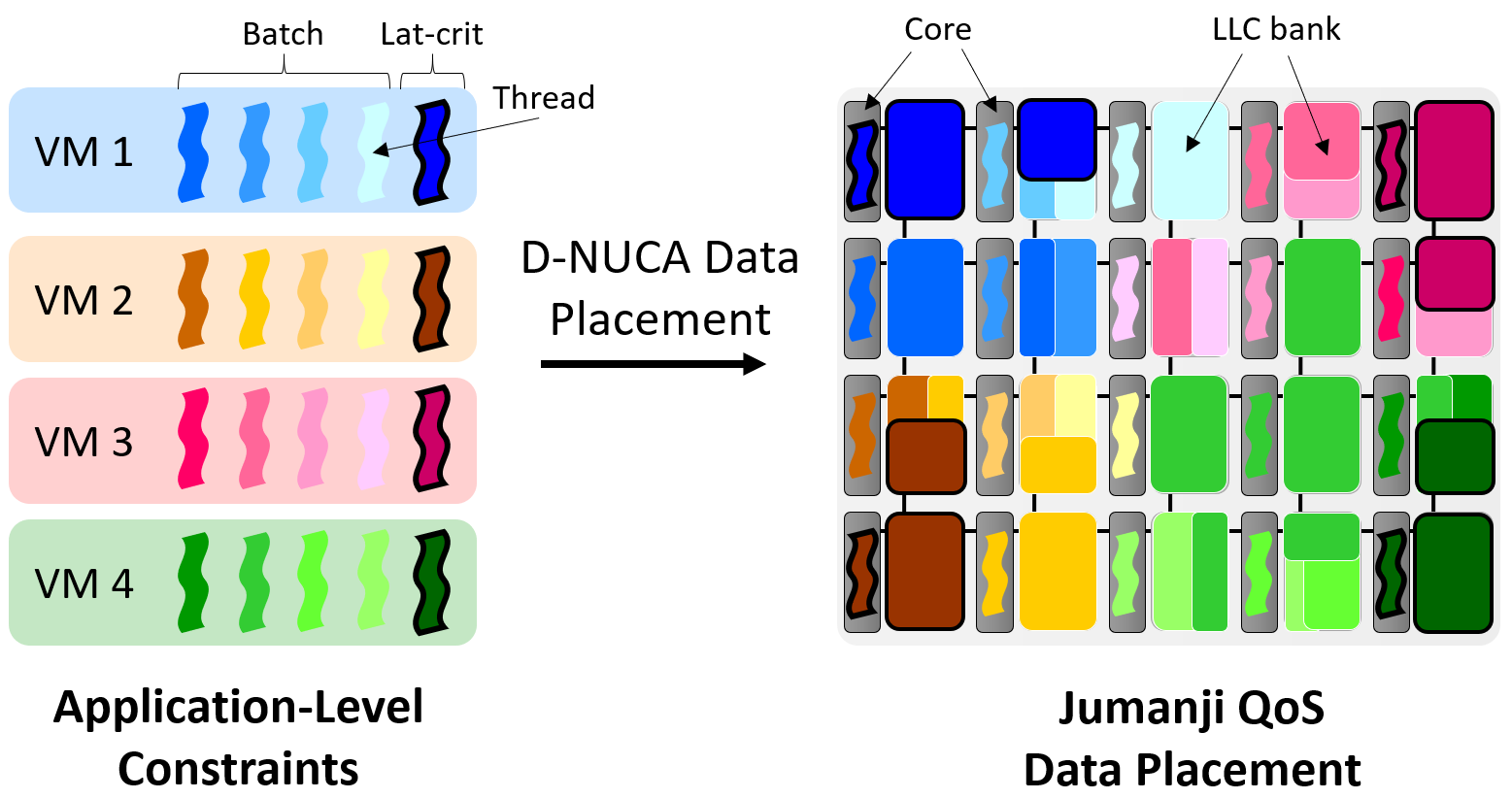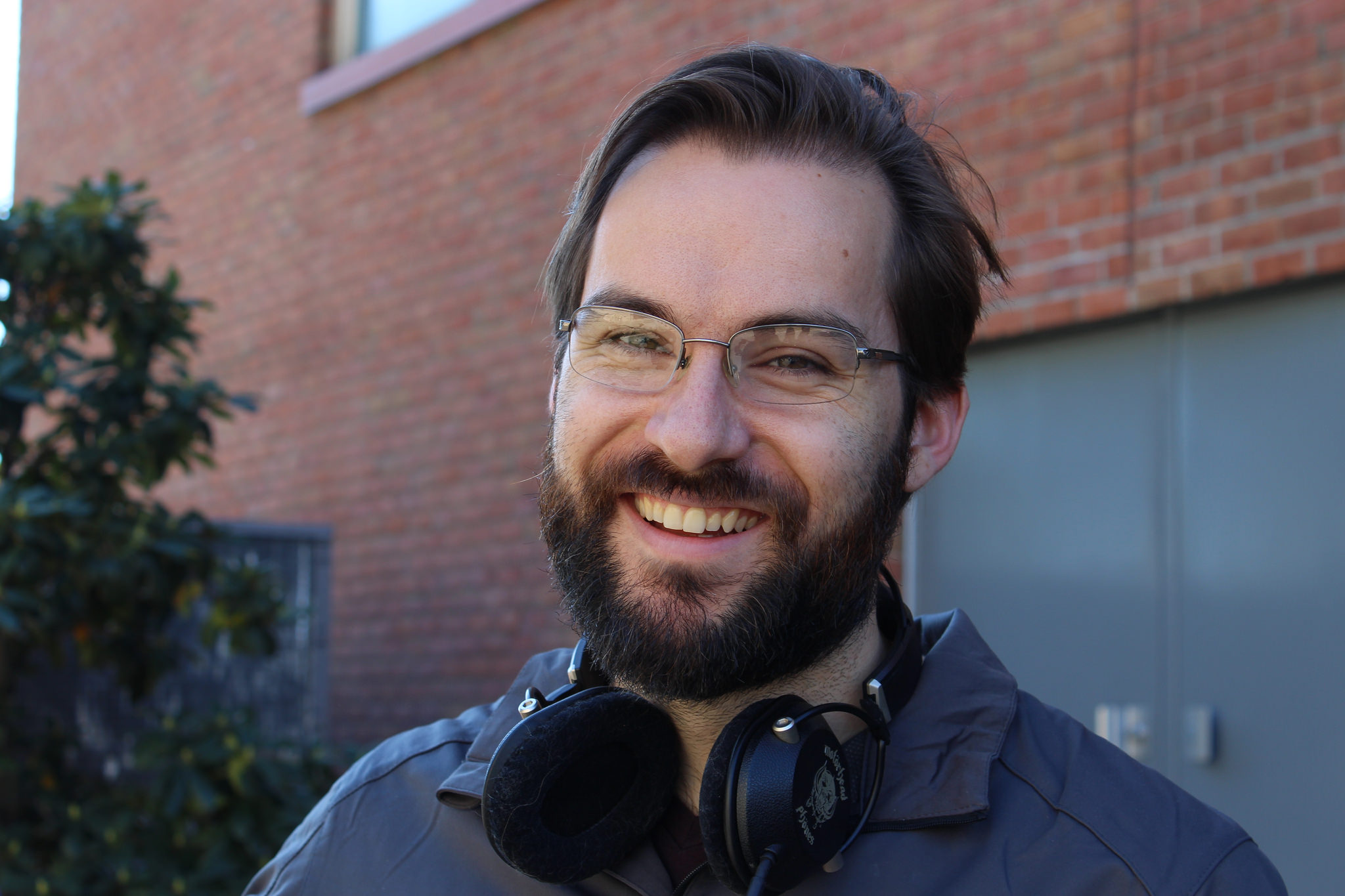CORGi @ CMU

Computer Organization Research Group led by Prof. Nathan Beckmann
Navigate to
Software-Defined Cache Hierarchy for Multicore Processors

This project dramatically improves multicore performance and energy-efficiency by reducing data movement. Traditional memory hierarchies force significant unnecessary data movement because of their rigid organization, which is fixed at design time and does not adapt to how different applications access data. In constrast, Software-Defined Memory Hierarchies dynamically adapt themselves to give each application the memory hierarchy it wants. This is done transparently to applications using simple hardware and a lightweight software runtime.
We are now developing Software-Defined Memory Hierarchies for heterogeneous applications and architectures. On the application side, we are exploring how Software-Defined Memory Hierarchies can support applications with diverse throughput, security, and tail-latency requirements. On the architecture side, we are exploring how Software-Defined Memory Hierarchies can ease the adoption of accelerator-rich SoCs by making more efficient use of on-chip memories and by defining a common interface to shared memory.
The above image shows how Jumanji (MICRO’20) allocates shared cache banks in a multicore among different virtual machines (VMs), represented by different colors. Jumanji ensures that no two VMs share a cache bank (to eliminate security vulnerabilities) and allocates banks so that each app meets its goals (e.g., maximizing raw performance or keeping tail latency below some threshold). Jumanji does this while keeping apps’ data as physically close as possible within the multicore, minimizing data movement.
CORGi Members
Publications
Jumanji: The Case for Dynamic NUCA in the Datacenter [pdf]
Brian Schwedock, Nathan Beckmann. MICRO 2020.
Nexus: A New Approach to Replication in Distributed Shared Caches [pdf]
Po-An Tsai, Nathan Beckmann, Daniel Sanchez. PACT 2017.
Jenga: Software-Defined Cache Hierarchies [pdf]
Po-An Tsai, Nathan Beckmann, Daniel Sanchez. ISCA 2017.
Whirlpool: Improving Cache Management with Application-Level Data Classification [pdf]
Anurag Mukkara, Nathan Beckmann, Daniel Sanchez. ASPLOS 2016.
CDCS: Scaling Non-Uniform Cache Architectures with Computation and Data Co-Scheduling [pdf]
Nathan Beckmann, Po-An Tsai, Daniel Sanchez. HPCA 2015.
Jigsaw: Scalable Software-Defined Caches [pdf]
Nathan Beckmann, Daniel Sanchez. PACT 2013.


